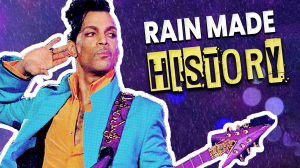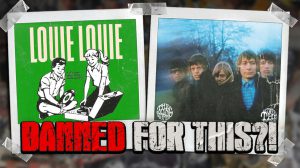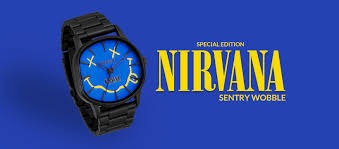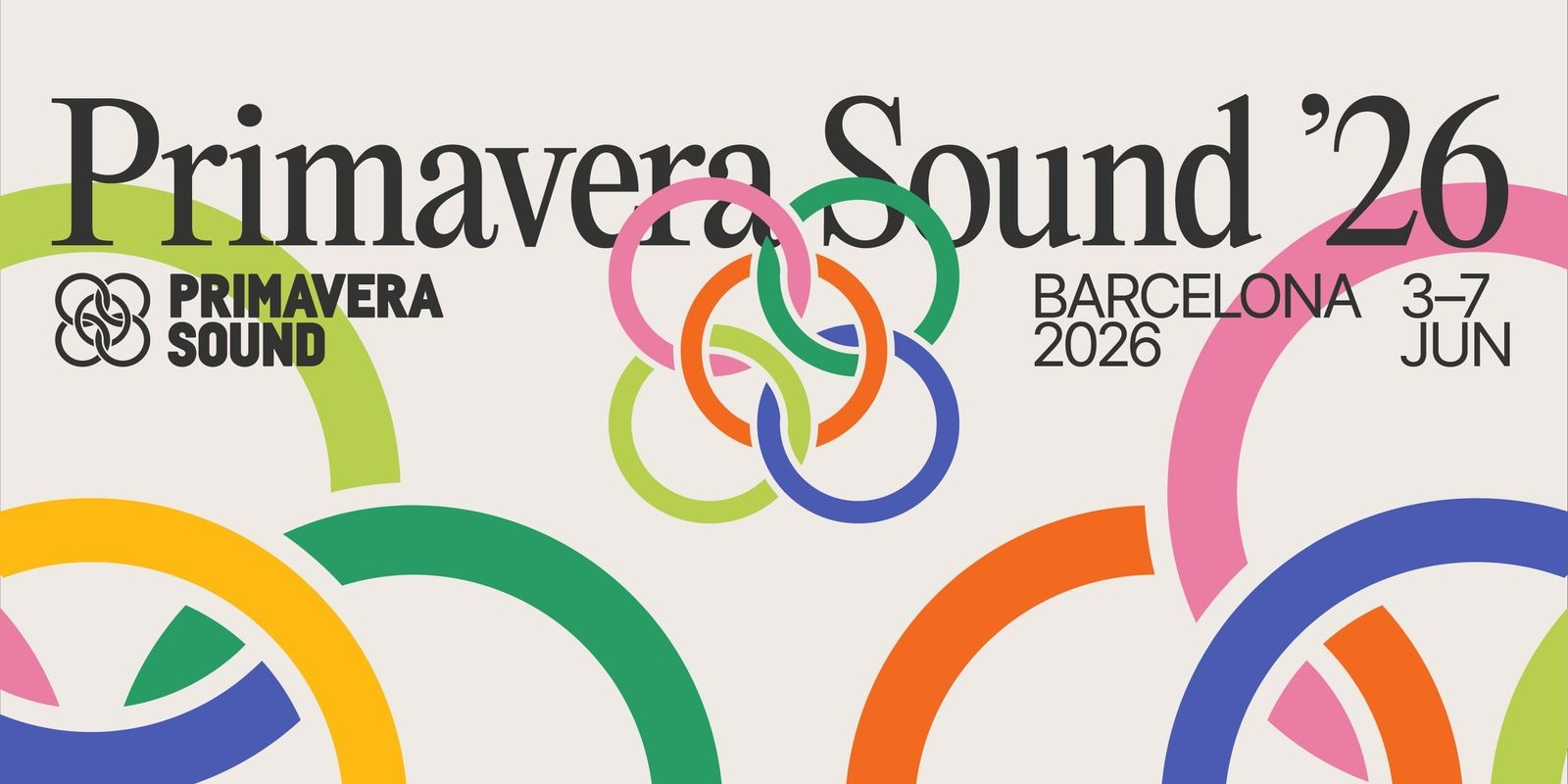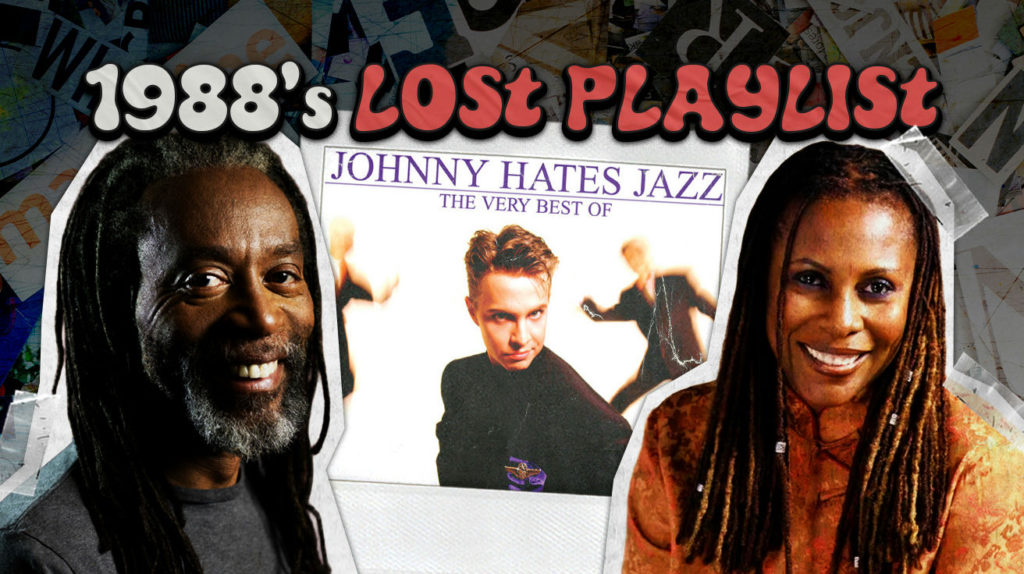
1988 was the year radio stations couldn’t decide between synthesizers and soul, when funk-rock collided with freestyle, and when actors started singing without anyone asking them to stop. These fleeting chart champions captured lightning in bottles that were apparently made of tissue paper. Each track tells a story of perfect timing meeting imperfect follow-through. You’ll recognize these songs from late-night MTV binges and mall soundtracks, but their creators vanished faster than a cassette tape left on a car dashboard. Ready to revisit the year when one song could change everything—but apparently only once?
12. Dan Reed Network – Ritual
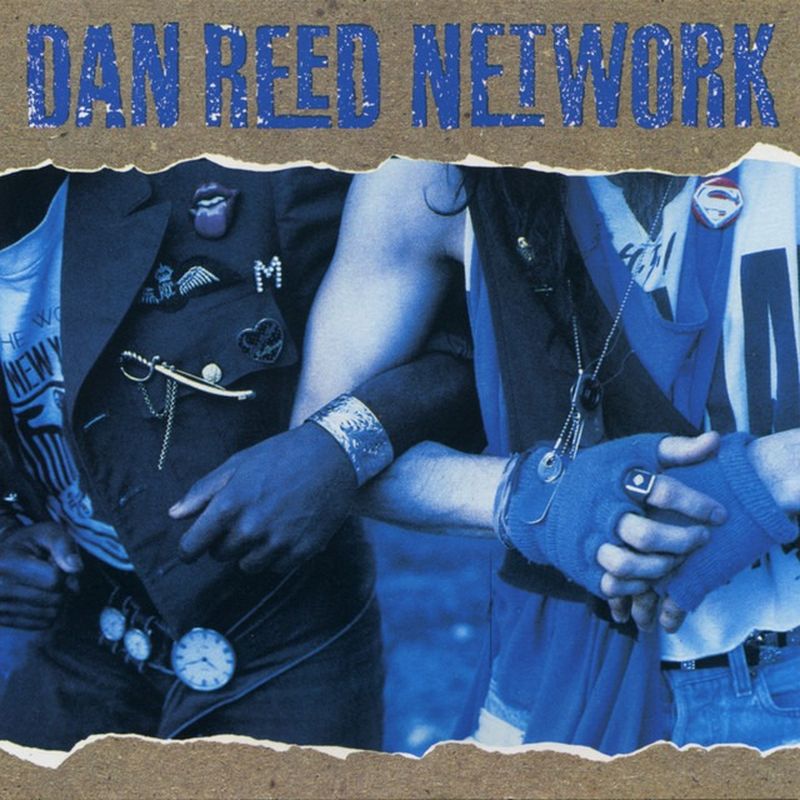
Hard rock meets dance floor sounds like a recipe for disaster, but Dan Reed Network made it work like peanut butter and chocolate. “Ritual” grabbed funk by the collar and dragged it into arena rock territory, creating something that made both metal heads and club kids nod their heads. The Portland band’s swagger was pure late-’80s confidence—big hair, bigger riffs, and stage presence that could power a small city.
Bruce Fairbairn’s production gave the track enough polish to slide into mainstream radio while keeping the raw energy that made crowds move. When they opened for Bon Jovi, audiences witnessed something special: a band that understood groove wasn’t the enemy of guitar solos. But lightning struck once at #38, then never returned to illuminate their path again.
11. Suave – My Girl
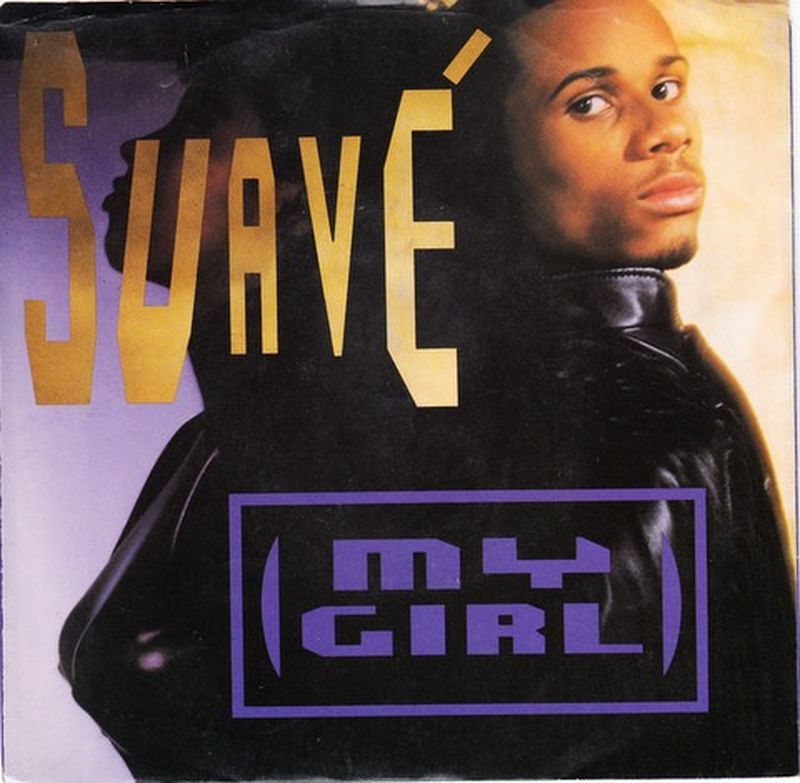
Taking The Temptations’ soul masterpiece and wrapping it in silk sheets was either brilliant or blasphemous, depending on your relationship with Motown. Suave chose the former, delivering a version that traded raw emotion for bedroom eyes and synthesized perfection. The result felt like slow dancing in a luxury hotel lobby—smooth, calculated, and undeniably effective.
The cover found moderate success by understanding something crucial: nostalgia works best when it doesn’t feel like homework. Soft synths replaced the original’s live instrumentation, creating space for vocals that whispered instead of proclaimed. Music historian Nelson George notes that such covers “bridged generational gaps while introducing Motown classics to MTV’s audience.” The group’s romantic makeover resonated with younger listeners, but they couldn’t bottle that magic twice. Sometimes the best tribute is knowing when to stop.
10. EU – Da Butt
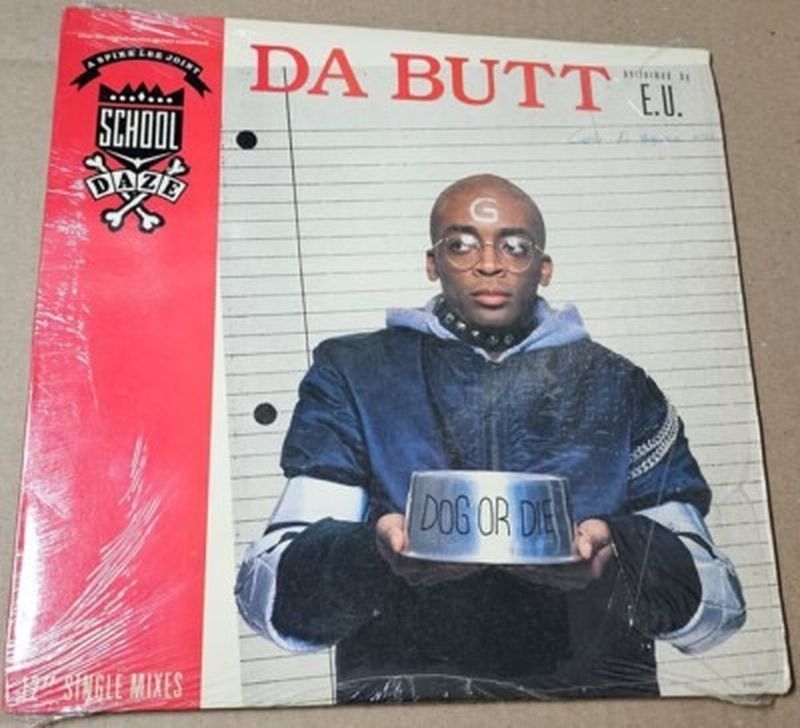
Washington D.C.’s go-go scene finally got its national moment when Spike Lee needed a dance anthem for “School Daze“ EU delivered “Da Butt” with pulsing percussion that made sitting still physically impossible. The song turned every party into a block party, complete with horn sections that announced themselves like royal fanfare.
Go-go’s emphasis on live drumming and crowd participation translated perfectly to film, creating a cultural moment that peaked at #35 on the Hot 100 and #1 on the Hot Black Singles chart The track proved regional sounds could break national barriers when they found the right vehicle. But geography is cruel—D.C.’s signature sound remained exactly that, leaving EU with one shining moment in the mainstream spotlight.
9. Johnny Hates Jazz – Shattered Dreams
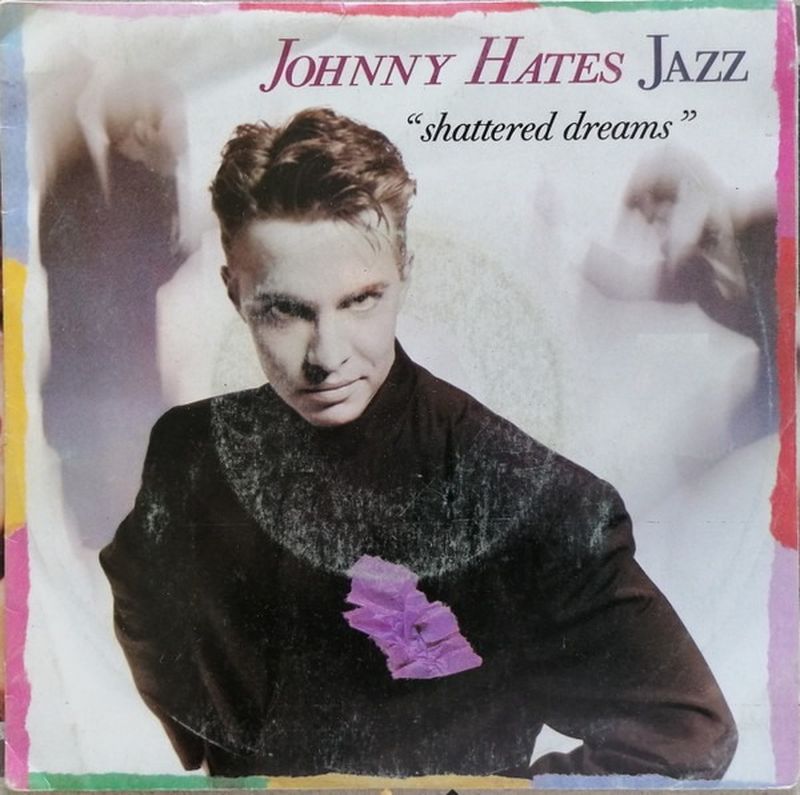
British sophistication met American heartbreak in a song that dressed melancholy in expensive suits. “Shattered Dreams” offered polished production that enhanced rather than buried the emotional core, creating the rare ballad that sounded both commercial and genuine. Clark Dachler‘s songwriting understood that sophistication doesn’t require sacrificing feeling.
The track’s sleek arrangement and bittersweet lyrics resonated widely enough to reach #2 on the Billboard Hot 100 Here was sophisticated mainstream pop that respected both intelligence and emotion—a combination that should have guaranteed sustained success. Instead, it became a perfect example of catching lightning in a bottle, then watching the bottle shatter along with those dreams.
8. Patrick Swayze – She’s Like the Wind
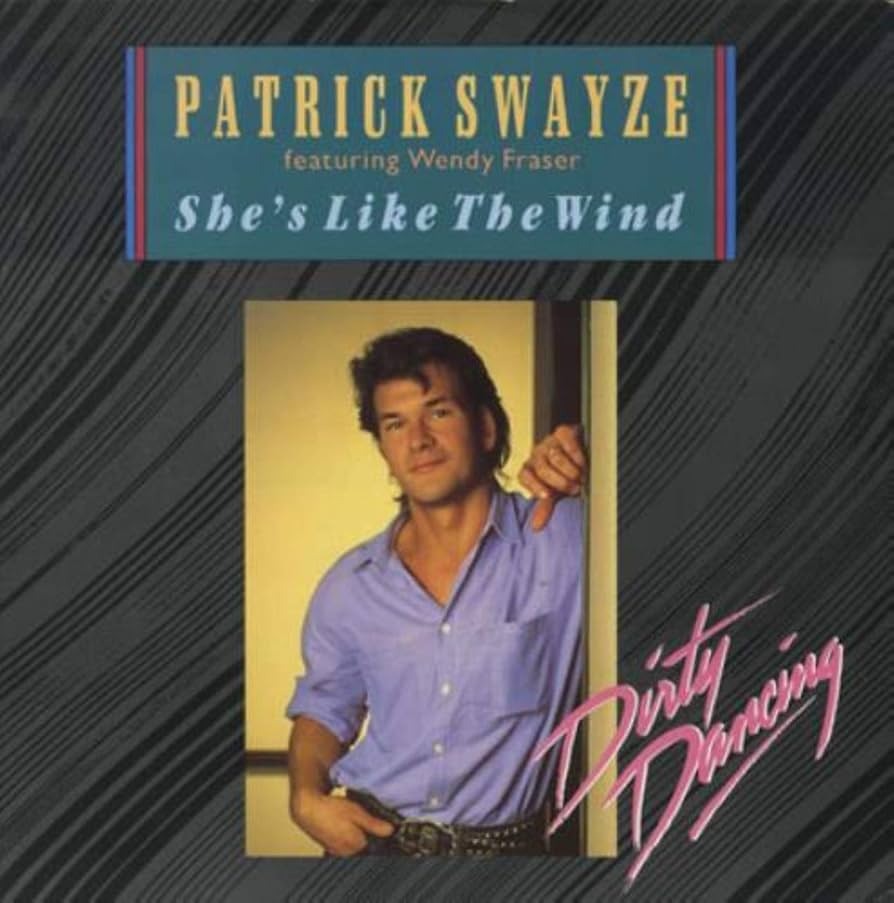
Actors crossing into music rarely ends well, but Patrick Swayze’s tender ballad proved exceptions exist when emotion trumps ambition. Co-written with Stacy Widelitz, the song benefited from its placement in “Dirty Dancing” while standing strong enough to justify its #3 peak. Swayze’s understated vocals focused on conveying feeling rather than showcasing range.
The stripped-down arrangement kept attention on emotional delivery, creating intimacy that matched the film’s romantic core. Music critic Robert Christgau calle “surprisingly affecting for an actor’s vanity project.” Yet this attachment to “Dirty Dancing” may have limited its standalone appeal—the song and movie became inseparable in ways that both helped and hindered its legacy. Sometimes the perfect moment is enough, even if it only happens once.
7. The Primitives – Crash
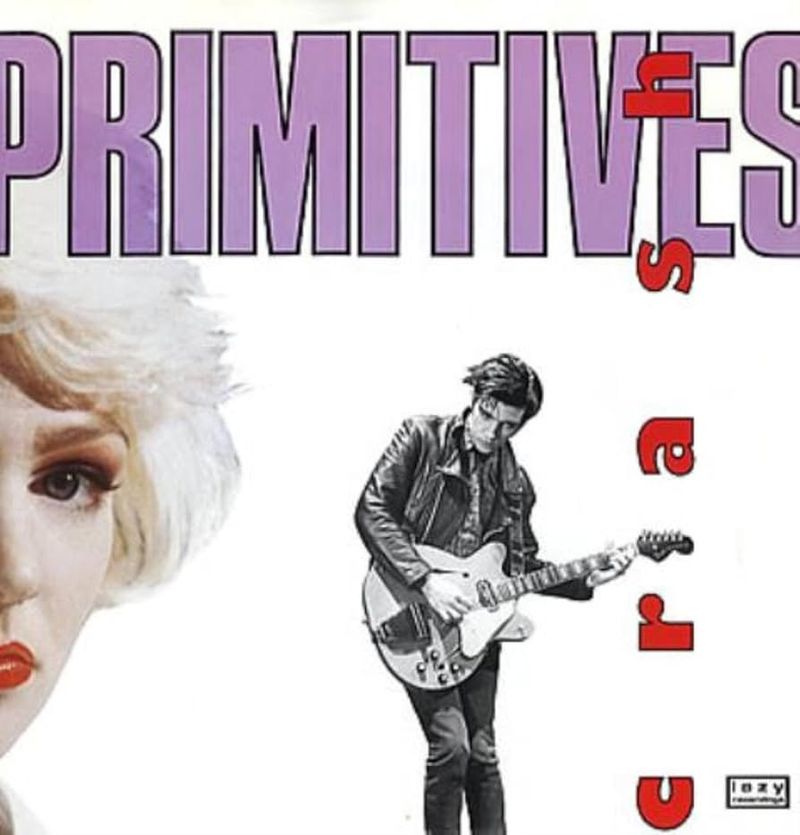
Coventry’s finest export delivered jangly guitars and breathy vocals that made indie sensibilities feel surprisingly mainstream. Tracy Tracy’s vocals floated over brisk tempo and infectious chorus, creating something that felt both underground and accessible. The Primitives understood that edgy undercurrents could coexist with pop hooks.
Despite peaking at only #65 on the Billboard Hot 100, “Crash“ gained traction through persistence and quality. The track’s emotional appeal and raw energy set standards for what indie-pop could accomplish when it found the right ears. Years later, discovering this song still feels like finding treasure—proof that sometimes the best music happens on the margins.
6. Brenda Russell – Piano in the Dark
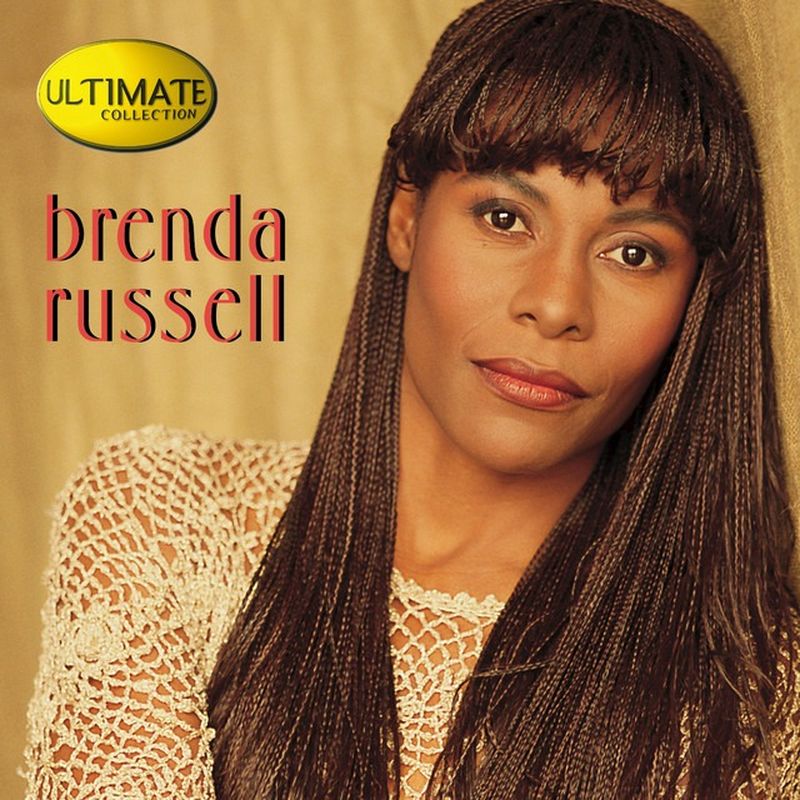
Jazz sensibilities and pop accessibility rarely blend seamlessly, but Brenda Russell made it look effortless. “Piano in the Dark” captured longing and vulnerability through smooth, late-night R&B that resonated with both critics and audiences. Joe Esposito‘s backing vocals added texture without overwhelming Russell’s emotional centerpiece.
The song’s depth earned three Grammy nominations and a #6 peak position, proving sophisticated music could still find mainstream success. Music industry veteran Quincy Jones praised Russell’s ability to “blend jazz sophistication with pop accessibility—a rare gift.” Russell’s performance demonstrated that technical skill and emotional honesty weren’t mutually exclusive. But sustaining that balance proved impossible—”Piano in the Dark” remained a singular moment of perfect artistic and commercial alignment.
5. Information Society – What’s on Your Mind (Pure Energy)
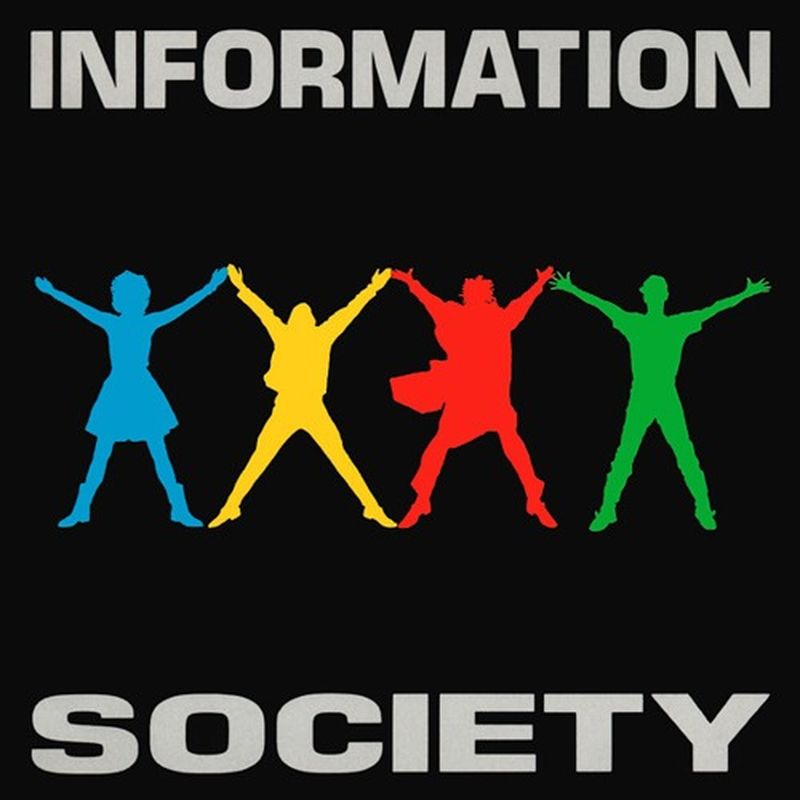
Synthesizers promised a future of pure sound, and Information Society delivered exactly that vision. “What’s on Your Mind (Pure Energy)” fuse Leonard Nimoy’s voice samples (External, original interview/article – verifies unique production element) with catchy pop melodies and energetic electronic production. The result defined the era’s embrace of technology while remaining fundamentally human.
The track’s climb to #3 on the Billboard Hot 100 proved that sci-fi sampling and dance-floor accessibility could coexist beautifully. High-tech production met universal appeal, creating something that still finds relevance in club circles decades later. Information Society showed that the future could be both alien and familiar—a lesson that resonates beyond 1988’s technological optimism.
4. The Church – Under the Milky Way
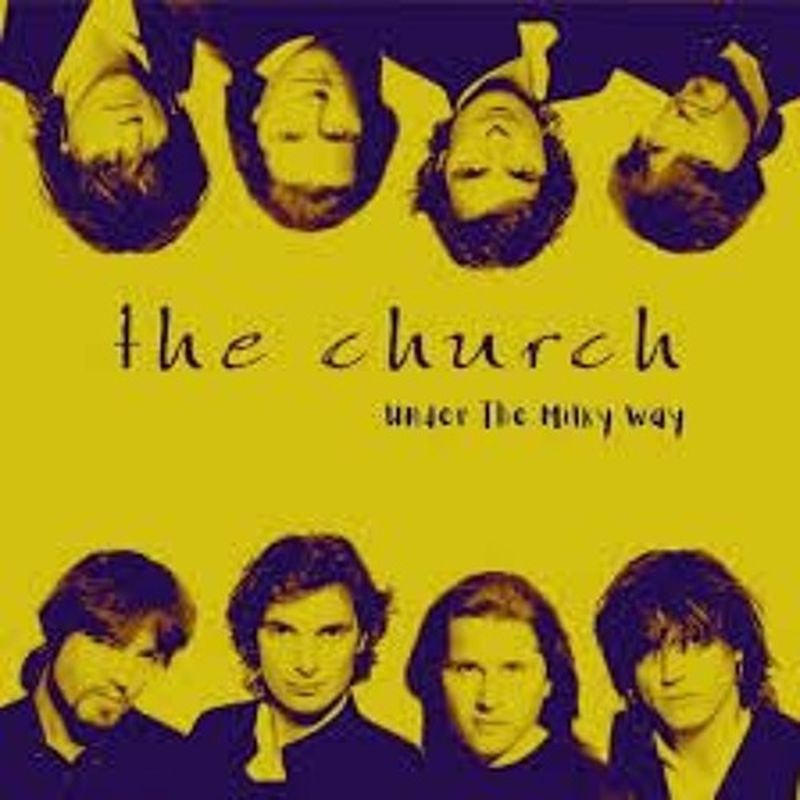
Dreamscapes in song form offer escape, and The Church created exactly that with their atmospheric masterpiece. Written by Steve Kilbey and Karin Jansson, the track featured moody guitars that created space for melancholic lyrics to breathe. The song allowed listeners to connect with deep emotions through carefully crafted sonic landscapes
“Under the Milky Way” peaked at #2 while becoming the band’s only American charting single. This atmospheric ballad offered timeless value that transcended chart positions, influencing countless artists who understood that beauty could emerge from carefully controlled chaos. The Church proved that sometimes the most lasting impact comes from the softest touch.
3. JJ Fad – Supersonic

Female-powered hip hop kicked open doors in 1988, and JJ Fad’s “Supersonic” delivered the most explosive entrance. This California trio showcased rapid-fire verses over heavy beats, with production help from a young Dr. Dre that added extra credibility to their revolutionary approach. The song’s speed and skill demanded attention while breaking barriers.
Peaking at #30 and earning a Grammy nomination “Supersonic” proved women could master hip hop’s technical demands while maintaining commercial appeal. The track paved the way for future female rappers while demonstrating that novelty and genuine skill could coexist. JJ Fad’s influence extends far beyond their lone hit—they showed an entire generation what was possible.
2. Climie Fisher – Love Changes Everything
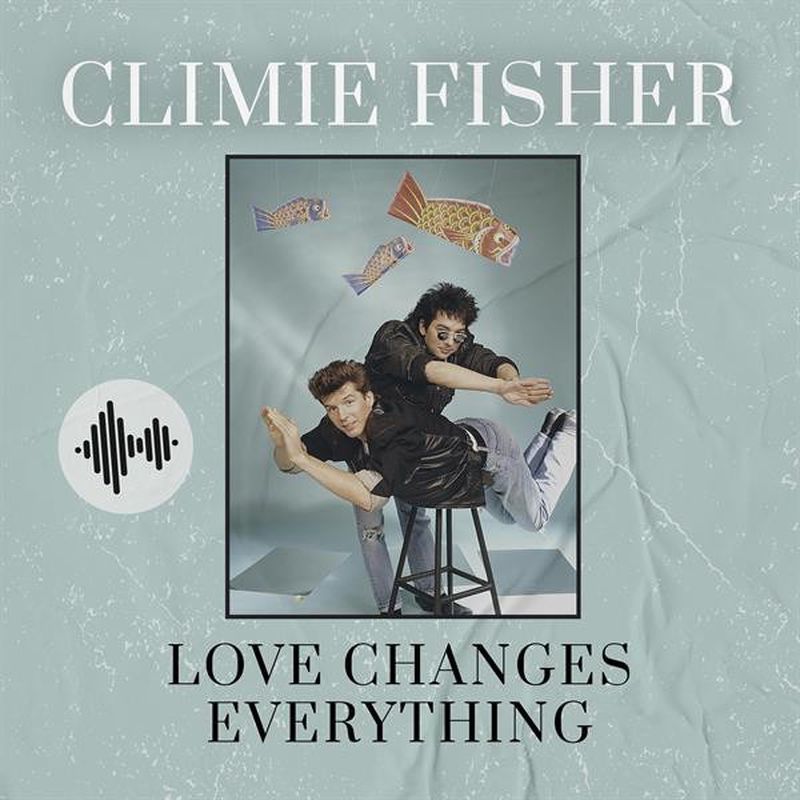
1988 music trends British pop-soul found its perfect expression when Climie Fisher delivered their emotional ballad about love’s transformative power. Simon Climie’s emotive vocals and Rob Fisher’s smooth synth work created a signature sound that felt both contemporary and timeless. The track became a bittersweet anthem for anyone who’d felt love reshape their world…. “Sometimes lightning really does strike only once—but when it does, it illuminates everything.”
Reaching #23 on the Billboard Hot 100, “Love Changes Everything” demonstrated that ballads could still make significant impact without flashy spectacle. The song’s depth and sincerity resonated with audiences seeking substance beneath the surface. But one shining moment proved insufficient to sustain a career—sometimes lightning really does strike only o
1. Bobby McFerrin – Don’t Worry, Be Happy
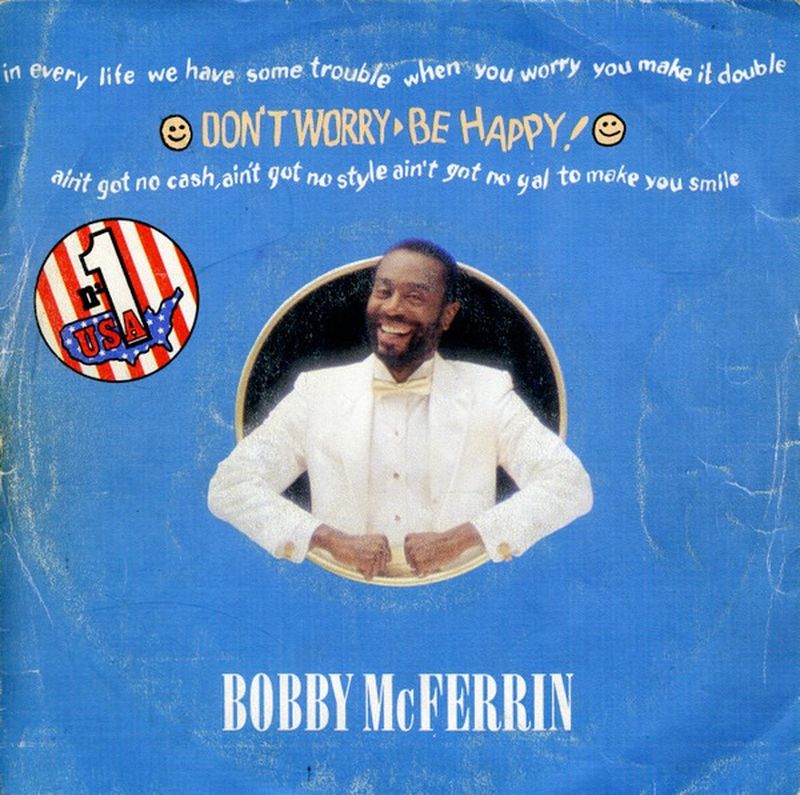
No instruments, no problem. Bobby McFerrin’s “Don’t Worry, Be Happy” achieved the impossible by using only layered vocal tracks and body percussion to reach #1 on the Billboard Hot 100 (External, Billboard chart archive – substantiates chart claim). Built entirely from human voice, the track stood apart through pure innovation and an irresistibly positive message that felt genuine rather than manufactured.
The sunny whistle hook and reggae-influenced rhythm created a laid-back vibe that crossed all demographic boundaries. Three Grammy wins cemented McFerrin’s place in music history, even though he almost didn’t release the song, feeling it was too simple. Sometimes simplicity is exactly what the world needs—even if it only happens once.




